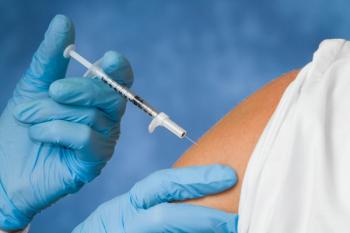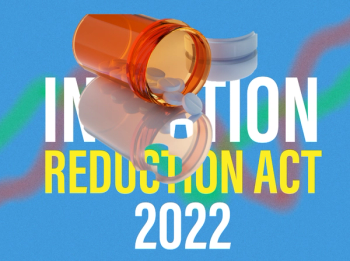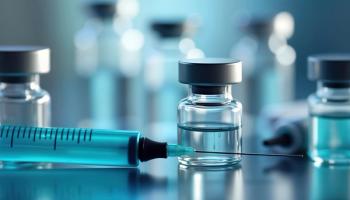
Droughts May Trigger HIV Spread in Rural Sub-Sahara Africa
It’s likely droughts will become more common due to climate change.
Droughts in rural Africa may cause an increase in HIV rates in women, according to new research from the University of Bristol.
The results, published today in AIDS and Behavior, say that HIV case numbers likely increase because women are exchanging sexual favors for food and water.
A research team, led by Adam Trickey M.Sc., gathered data from five surveys conducted in 2016 that included over 100,000 individuals ages 15-59. Participants were from Zambia, Uganda, Tanzania, Eswatini and Lesotho.
Survey results were then studied alongside precipitation records and matched with HIV rates in those areas.
In 2022, over 77% of new HIV cases in sub-Sahara Africa were adolescent girls and adult women,
Sub-Sahara Africa is one of the most affected areas by climate change and droughts are expected to become more common. Since 1901, the percentage of land in this region experiencing severe drought rose from 5% to 15%. This is dire because 65% of Africa’s population relies on subsistence farming.
“That we found [HIV] among women in rural areas, but not women in urban areas or men in either rural or urban areas corroborates previous studies indicating that the mechanism through which drought may increase HIV risk is that drought pushes women who rely on farming for their livelihoods into sex work for money or food,” Trickey said in a
Newsletter
Get the latest industry news, event updates, and more from Managed healthcare Executive.





















































